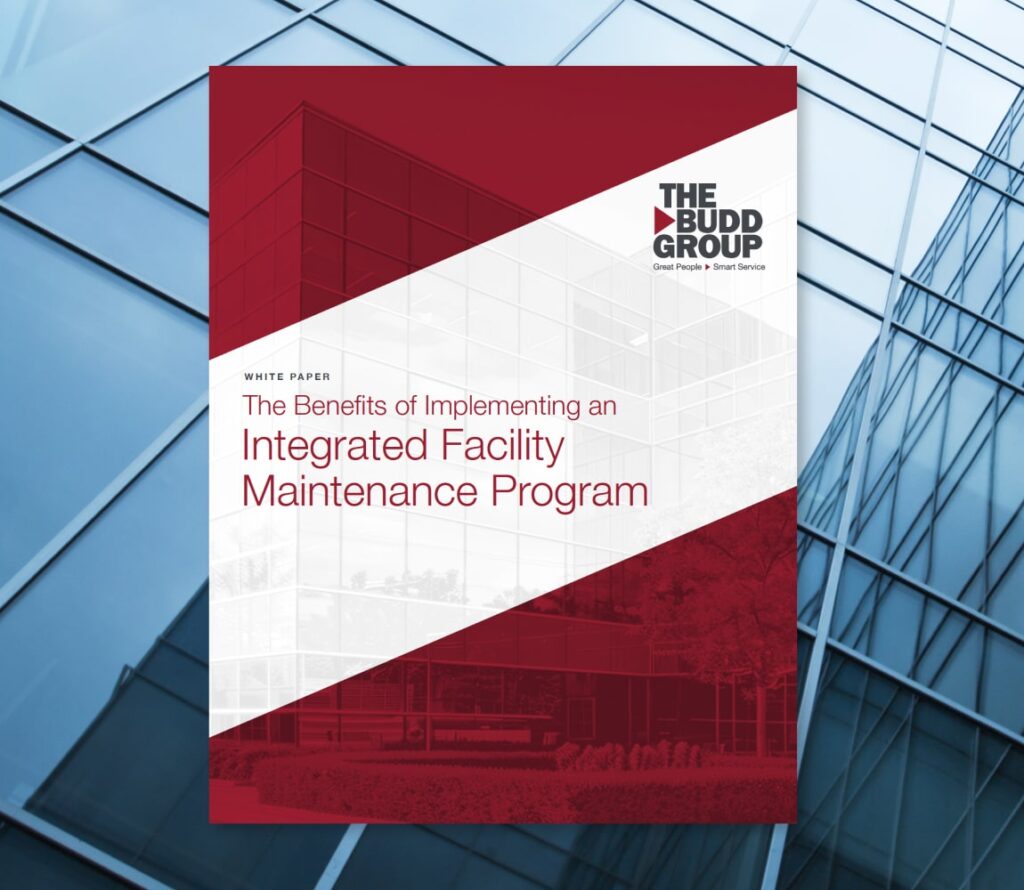Maintaining a healthy, lush lawn would not be possible without the aid of proper fertilization. Fertilizer contains three essential nutrients that lawns rely on to thrive: nitrogen, phosphorus, and potassium (NPK), which, respectively, promote color and growth, bolster healthy roots, and boost overall lawn health. Different types of fertilizers contain different amounts of these three ingredients and are manufactured in a number of ways. One product might be better suited for your lawn depending on its size, location, and grass type. Let’s discuss these various commercial fertilization options so you can choose the best product(s) for your landscape.
How to Fertilize a Lawn
Fertilization Types
Fertilizers can be broken up into four main categories based on their composition: granular, liquid, organic, and synthetic. Each type offers unique properties and key benefits. For instance, granular fertilizer offers time-release formulations which allow you to control the rate at which your lawn is fed; Organic fertilizers are completely natural and provide a lawn with nutrients as their organic material decomposes into the soil; Liquid fertilizers are meant to act quickly because they’re already broken down; Synthetic fertilizer is often the least expensive option and also acts fast as it’s quickly absorbed by plants and grass.
Fertilization Features
In addition to providing plant life with crucial nutrition, fertilizer can also aid in lawn health by eliminating and/or reducing unwanted pests and weed growth, controlling overall growth, and more. To achieve these outcomes, you’ll want to invest in a fertilizer that offers features such as:
- Pre-emergent weed control
- Liquid or granular weed killers
- Grass/weed killers that target specific areas of your lawn
- Lawn pest control products applied via rotary or broadcast spreader
- Fungus/moss control (targets fungi without harming other lawn features)
- Nitrogen-rich quick-greening products meant to revitalize a lawn’s color
Fertilization Frequency
To ensure that your lawn remains beautiful and in good health, fertilization must occur on a routine basis. The frequency with which you should fertilize primarily depends on your lawn’s grass type. For example, warm-season grass options like bermuda and bahia maintain their growth pattern throughout most of the year, meaning they require more fertilization and attention than cool-season grass like fescue, rye, and Kentucky bluegrass, which are mostly dormant in the summer — these cool grass varieties usually require fertilization twice a year (beginning of spring and beginning of fall). Generally speaking, fall offers the optimal time for fertilization because this is when lawns begin storing nutrients for the colder weather. Every lawn is unique, so there is plenty of room for nuance regarding fertilization scheduling and application. Your reliable lawn maintenance service will help you determine the right fertilization schedule for your lawn to simplify this process and improve your landscape year-round.
The Budd Group’s Commercial Landscaping Solutions
Fertilization is an essential part of proper lawn care. That said, knowing which type of fertilizer to use, how to apply it, and how often to do so can yield a headache or two. At The Budd Group, our holistic landscaping services aim to remove the burden of lawn care from your shoulders so you can focus on other important parts of your business. Whether you require seasonal fertilization, commercial installation, irrigation maintenance, mowing, pruning, trimming, winter snow removal, or more, we’re your go-to provider for all things landscaping. To learn more about our services and values, give us a call today at 800-221-8158!

